
Standard 2nd Order ODEs: Natural Frequency and Damping Ratio
In this video we discuss writing 2nd order ODEs in standard form xdd(t)+2*zeta*wn*xd(t)+wn^2*x(t)where zeta = damping ratio wn = natural ...
See MoreNumerically Calculating Partial Derivatives
In this video we discuss how to calculate partial derivatives of a function using numerical techniques. In other words, these partials are calculated withou...
See MorePeter Ponders PID - Cascade Control Part1
I cover whether cascade control is necessary. Why there needs to be a feed back for every loop. How to calculate gains. Bode plots and ratio of the inner t...
See MoreThe Inverse Laplace Transform
In this video we show how to perform the inverse Laplace transform on a signal in the Laplace domain to obtain its equivalent representation in the time doma...
See MoreUnderstanding Sensor Fusion and Tracking, Part 5: How to Track Multiple Obje...
This video describes two common problems that arise when tracking multiple objects: data association and track maintenance. We cover a few ways to solve these issues and provide a general...
See MoreUnderstanding and Sketching Individual Bode Plot Components
In this video we illustrate how 7 types of simple transfer functions contribute to a bode plot. We refer to these as ‘components’ and will cover the followi...
See MoreTikZ source Code: Interconnected MIMO Subsystems
TikZ source Code: Interconnected MIMO Subsystems with different input and output dimensions
See MoreIntroduction to the Fourier Transform (Part 2)
This video is the second part of the introduction to the Fourier Transform. I address an error that I made in the first video concerning the scaling term of the transform. I also try to...
See MoreThe Laplace Transform - A Graphical Approach
A lot of books cover how to perform a Laplace Transform to solve differential equations. This video tries to show graphically what the Laplace Transform is doing and why figuring out the...
See MoreLecture 13: Stability and Routh Hurwitz criterion
Deriving Percent Overshoot, Settling Time, and Other Performance Metrics
In this video we examine a second order dynamic system and derive how various performance metrics (such as time to first peak, magnitude at first peak, perce...
See MoreSVD: Importance of Alignment [Matlab]
This video describes the importance of aligning data when using the singular value decomposition (SVD) (Matlab code).
See MoreLecture 15: Root Locus
Frequency domain – tutorial 8: frequency spectra
In this video, we learn about frequency spectra which can be divided into two parts: phase and magnitude spectrum. Some examples will be provided to practice...
See MoreUnderstanding Sensor Fusion and Tracking, Part 2: Fusing a Mag, Accel, and G...
This video describes how we can use a magnetometer, accelerometer, and a gyro to estimate an object’s orientation. The goal is to show how these sensors contribute to the solution, and to...
See MoreControl Bootcamp: Loop shaping
This video explores shaping the loop transfer function to have desirable sensitivity and complementary sensitivity.
See MoreFrequency domain – tutorial 11: equalization
In this video, we learn about equalization technique which is used in communication systems to compensate for the destructive effect of the channel between t...
See MoreWhy Transfer Functions Matter
Once we know a process's transfer function we can model how it will respond to an variety of inputs very easily, check it out.
See MoreAutomatic Updates of Transition Potential Matrices in Dempster-Shafer Networ...
Journal article that develops an evidential reasoning network capable of learning/updating the relationships between Frames of Discernment (the sets over which Dempster-Shafer reasons that...
See MoreFeedforward Control Introduction
I introduce feedforward control (FFC) and describe how it can be used to minimize the difference between an output's setpoint and measured value (the error o...
See MoreNASA's General Mission Analysis Tool (GMAT)
NASA's GMAT is the worlds only enterprise, multi-mission, open source software system for space mission design, optimization, and navigation. The system supports missions in flight regimes...
See MoreControl Bootcamp: Observability
This video explores the observability of a linear system, namely the ability to estimate the full state "x(t)" from a time-history of limited output measurements "y(t)".
See MoreFrequency Response Analysis FRA and the Amplitude Ratio and Phase Angle
Process engineers model output response to inputs that oscillate via frequency response analysis (FRA). In this video, I'll go over amplitude ratios and phas...
See MoreControllability [Control Bootcamp]
This lecture explores when a linear system is controllable. We begin with the simple test in terms of the rank of the controllability matrix on a few intuitive examples.
See MoreReachability and Controllability with Cayley-Hamilton [Control Bootcamp]
Here we use the Cayley-Hamilton Theorem to show that the full state space is reachable if and only if the system is controllable.
See More
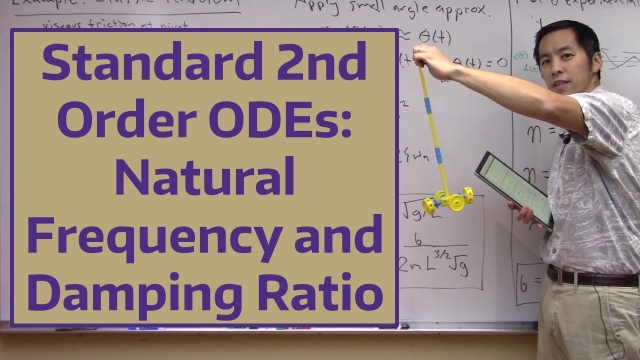
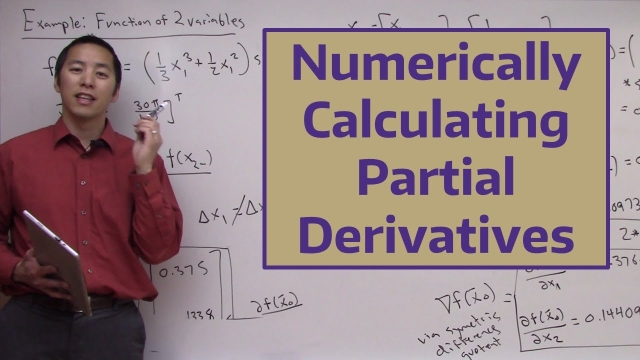
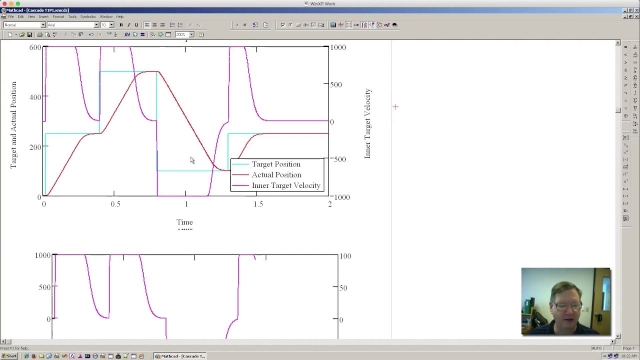
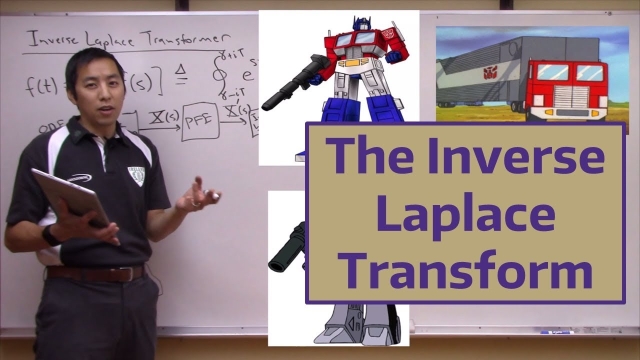
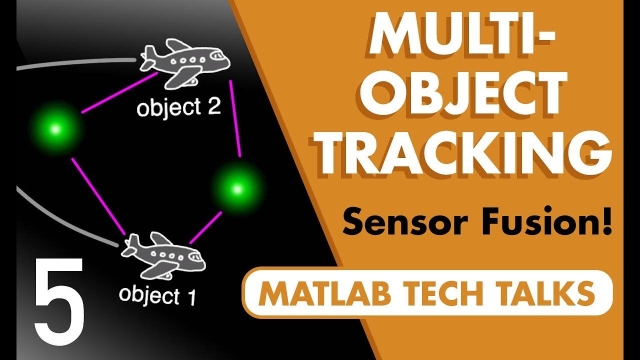
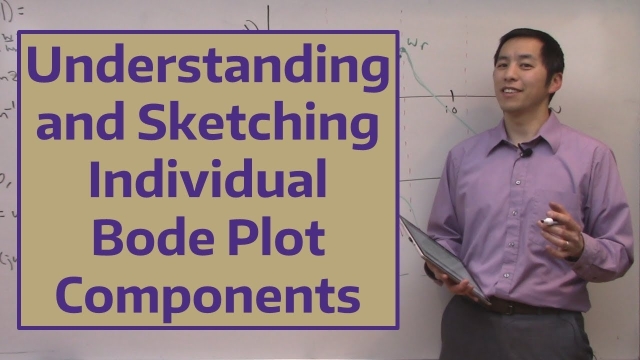
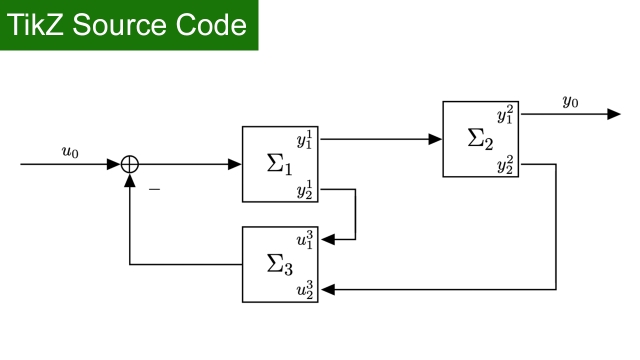
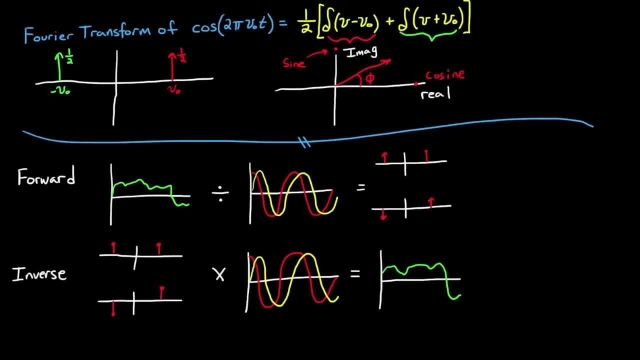


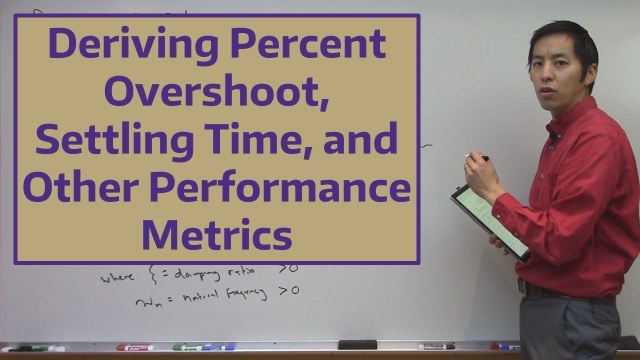
![SVD: Importance of Alignment [Matlab]](/sites/default/files/styles/search_resulkts/public/2020-12/maxresdefault_421.jpg?itok=xDlrjOXt)

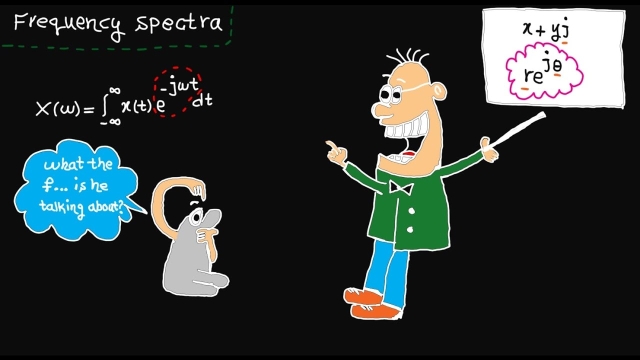
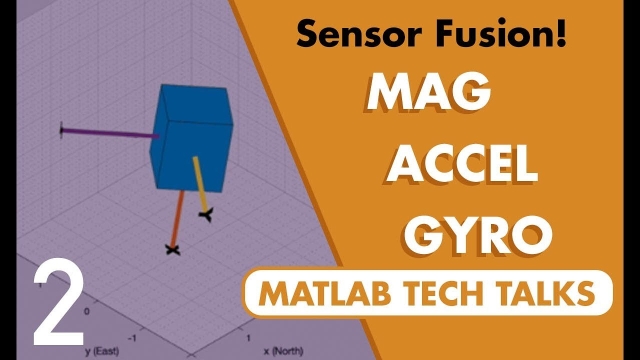
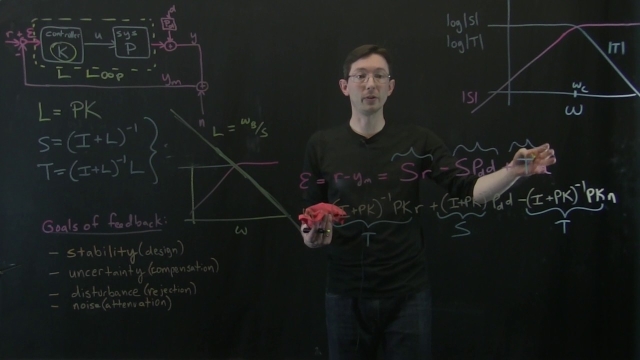
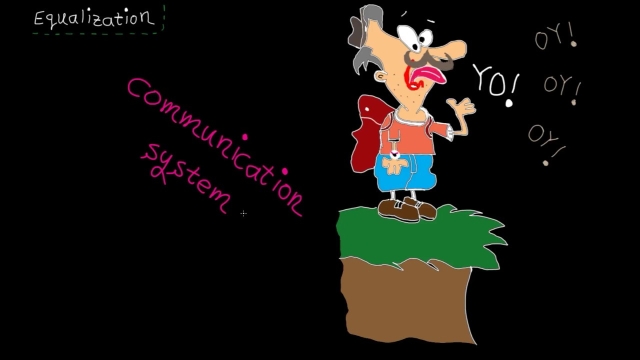
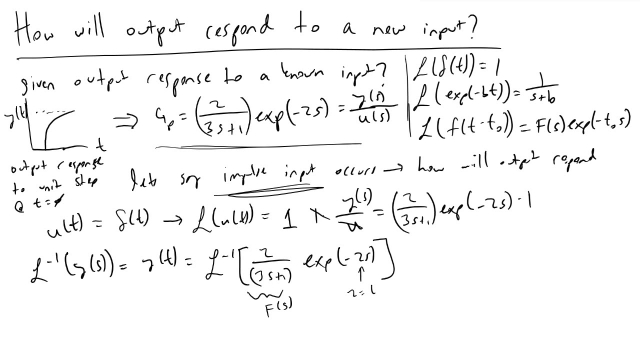
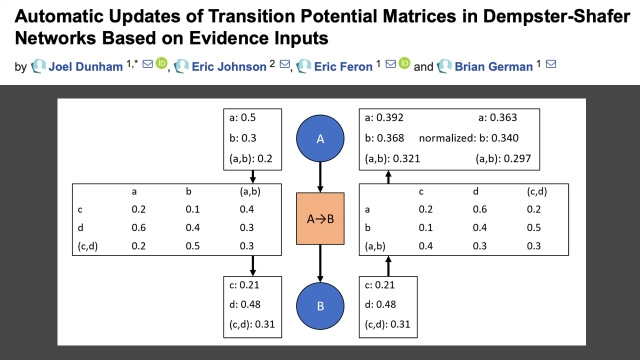
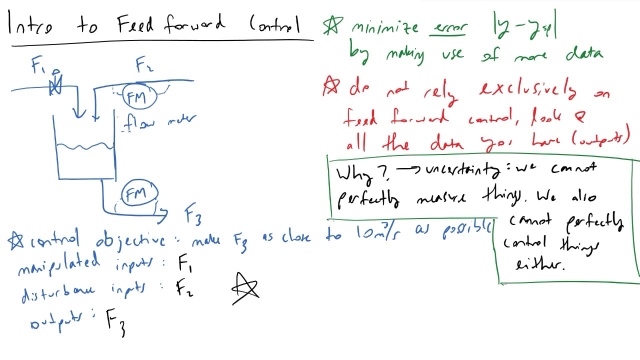

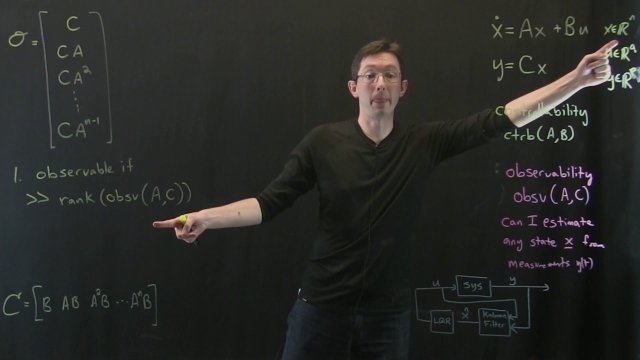

![Controllability [Control Bootcamp]](/sites/default/files/styles/search_resulkts/public/2020-12/maxresdefault_301.jpg?itok=H78kwaJN)
![Reachability and Controllability with Cayley-Hamilton [Control Bootcamp]](/sites/default/files/styles/search_resulkts/public/2020-12/maxresdefault_306.jpg?itok=SzmzyZ6Z)